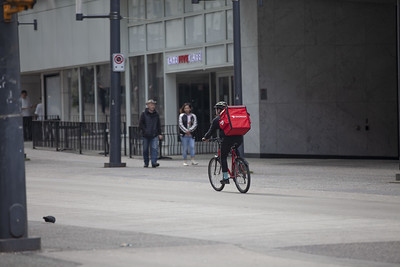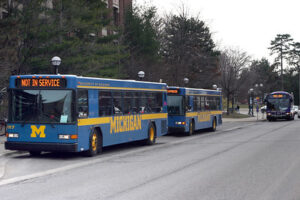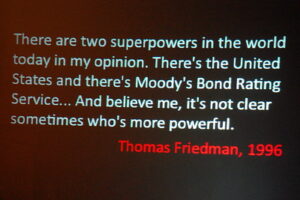A few days ago, I wrote about the fact that everyone has a theory about community college enrollment declines. Theorists often portray the pandemic and the cost of college as the chief culprits. In the grand scheme of things, however, they’re not.
According to the National Student Clearinghouse Research Center, community college enrollment has declined each year (fall and spring) since 2011. Since that time, the enrollment declines have been consequential. In 2011, community colleges nationwide enrolled 7.26M students. In 2019 community colleges enrolled 5.3M students. That’s a drop of more than one-quarter over nearly a decade. And during the same time, enrollment at four-year universities increased each year. Clearly, the declines that occurred between 2011 and 2019 had nothing to do with the pandemic. They also didn’t affect four-year institutions in the same way.
The other culprit – cost – isn’t really a culprit, either. Here’s why. Between 2011 and 2021, community college costs rose by 13.8% nationally. Costs at four-year, public institutions rose by about the same amount. Community colleges are among the least expensive higher education institutions. If cost exerts significant financial pressure on students, more of them should have gravitated to the lowest-cost higher education providers – the community colleges. Enrollment should not have gone up at four-year institutions, and yet, it did.
So, enrollment at four-year institutions rose while enrollment at 2-year institutions declined for a decade straight. Costs rose comparably at four-year and two-year institutions, but enrollment rose at four year institutions, while it declined by more than one-quarter at community colleges. The enrollment problems at community colleges have nothing to do with either the pandemic or rising costs.
Community college enrollment depends being competitive
The cost of a community college is not the problem, but money does enter the discussion. The earnings gap between associate degree holders and high school graduates is about $2 per hour. For most people that will raise their annual salary by about $3,000 net. The average DoorDash driver earns about $20 per hour. The average Uber driver earns between $10-$20 per hour.
The value proposition of a community college degree does not stand up well against DoorDash. Grubhub began operations in 2004. Uber opened for business in 2009. Lyft began in 2012. DoorDash took off in 2013. Shipt opened in 2014. Community college degrees, with their $2-per-hour income differential, don’t hold a candle to these operations.
I’m not saying that all would-be community college students are out delivering food instead. But I am saying that community colleges had better come up with an answer to the gig economy if they would like to continue their operations. (I may have recently mentioned that community college administrators aren’t good at real competition.)
The answer to the gig economy, by the way, is high-wage jobs that open doors to the middle class. You would think that Washtenaw Community College, which somehow manages to afford 13 Vice Presidents, and can drop $5M a year on a flailing health club, could also produce some high-income degree programs. Graduates earning $35,000 per year ten years after graduation doesn’t cut it.
WCC needs an administration that is willing to tackle head-on the myriad alternatives to going to college. Instead, we have an administration that has already raised the white flag on education and has a list of other plans for the taxpayers’ money.
Photo Credit: GoToVan , via Flickr


































